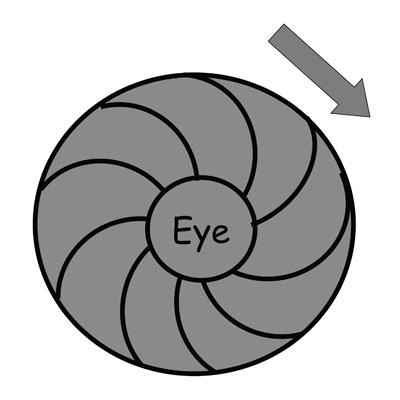In this presentation, Gary Klein shares important information about air source heat pump water heaters (HPWH), with particular attention paid to where the warm air comes ...
A Circulator Is Not A Pump
A bicycle pump is a pump. So is an oil pump on an oil burner. When those machines start, you expect to get a pressure on the outlet side of the pump that’s greater than the pressure on the inlet side of the pump.
A circulator is different because it’s working within a closed, pressurized hydronic system. It doesn’t have to lift the water to the top of the system because the water is already up there. The circulator doesn’t lift anything; it circulates. It’s very similar to the motor on a Ferris wheel.
The weight of the water going up balances the weight of the water coming down. The water is turning like a big wheel, and to get it going, all a circulator has to do is move the water that’s inside of itself to the outside of itself. You can’t compress water, so when you move one drop within a closed system, all the drops move in kind, and in the same direction. It’s like moving a single link on a bicycle chain. All the links move at the same instant, right?
We call the circle at the center of an impeller the “eye.” Delta P-wise, it’s similar to the eye of a hurricane, but much friendlier. The impeller spins and creates centrifugal force. The water flows from the eye through the vanes of the impeller, creating a higher pressure at the tips of the vanes (which is also the outer edge of the impeller) and a lower pressure at the eye.
And there’s that Delta sister again (P). A difference in pressure between two points will always cause flow. You know that instinctively. You watch the weather report on TV. They talk about a low-pressure area moving in. You know it’s going to get windy because when there’s low-pressure anywhere, air will rush over to fill in the hole. Or think about a tornado. It’s a ridiculously violent version of an impeller.

The impeller spins the water and directs it toward the outlet of the circulator, which is always a bit narrower than the inlet of the circulator. Not sure if you ever noticed that but it’s true. Don’t look at the size of the flange; look at the shape of the waterways entering and leaving the impeller. The quickly moving water experiences centrifugal force and suddenly has to race through that narrow exit, and it speeds up as it does so. That’s what you’re seeing if you have gauges on the circulator.
You can experience centrifugal force at any amusement park, or by taking that exit off the freeway too quickly. Ever notice all those black marks on the concrete barrier walls? They always make me think about hydronic heat, but that’s just me.
Want to learn more? Check out Classic Hydronics: How to Get The Most From Those Older Hot-Water Heating Systems.
Leave a comment
Related Posts

In this all-technical three-hour seminar, Dan Holohan will give you a Liberal Arts education in those Classic Hydronics systems. He’ll have you seeing inside the pipes as...
We always have turkey for Thanksgiving. I mean who doesn’t? My job wasn’t to cook it, though; it was to eat it.